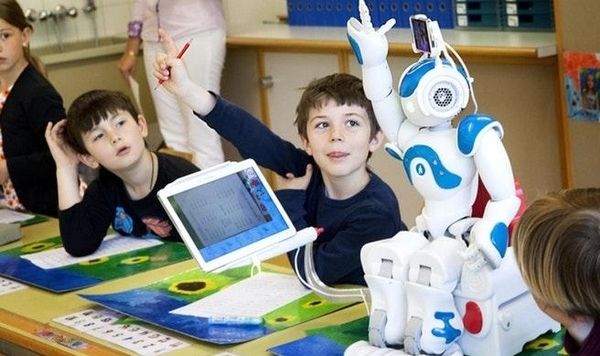Tertiary institutions struggle with low retention rates. Only 40% of students complete a 4-year degree within 6 years at the same institution where they started their studies.
Student retention is a matter of great importance to institutions. For institutions that depend on tuition, low retention rates have serious financial consequences. That is apart from the huge negative implications for students should they opt not to continue their studies. Universities and colleges are under increasing pressure to retain students. Many states support tertiary institutions financially based on the number of students that graduates, not the number that enrolls.

This is where artificial intelligence (AI) can have a positive impact. AI can help colleges and universities to predict who might drop out or transfer to another institution. This information can help institutions to develop intervention strategies to prevent this from happening.
To better retain students and gain state financial support, institutions are using predictive analytics to scrutinize demographic and performance data of applicants. Think about official transcripts, SAT scores, the type of elementary and high school that was attended and an applicant’s grades throughout that time. Together with data on extracurricular activities, that’s a whole lot of data that AI can use to predict whether an applicant will enroll at an institution and stay the course.
Data analytics help SMU understand which students are likely to complete their studies
According to the Education Advisory Board, about 125 tertiary institutions around the U.S. are analyzing the performance data of former students to predict the outcomes of current ones. One such institution is Southern Methodist University, reports TIMES.
Through data analytics, SMU discovered that the sooner someone applies during the application process, the more likely it is that that applicant will enroll and complete their studies at SMU. Other factors that predicted the same outcome was a visit to the campus before enrolling, joining a fraternity or sorority, or registration for an above average number of classes.
The university used this and other data to build a predictive algorithm that can predict whether a student will complete their studies and to support those who might not succeed with various interventions.
Data analytics help Georgia State to understand student failures better
Universities are also using predictive analytics to identify students that might struggle socially or academically during the first year. TIMES reports that Georgia State has analyzed 2.5 million grades of former students to find out what may cause a student to fail in their studies. The university developed an early warning system that triggers alerts when students are struggling, so they can be helped before they fail. Georgia State discovered from their data that how students fare in the first course in their majors can predict whether or not they will graduate. For instance, 85% of political science majors who get an A or B end up earning degrees, but only 25% of those who score a C or lower will graduate.
The University of Oklahoma tackled its high dropout rates by collaborating with IBM to develop a system that would alert the university to students who were likely not to complete their first year of study. To reduce dropout rates, the university worked with IBM to develop a system which helped identify students likely to need additional services to continue with their second year. Through IBM Watson’s sentiment analysis technology, the university succeeded in improving its first-year retention rate from 86.1 % in 2015 to 92.1 % in 2017.
Artificial intelligence has proven itself as a useful tool to help tertiary institutions increase their retention rates.

Discover more about Artificial Intelligence with RobotLAB!
Check our products page, and our learning platform Engage!K12 that offer a wide range of lessons for students and teachers! No robotics experience required.



